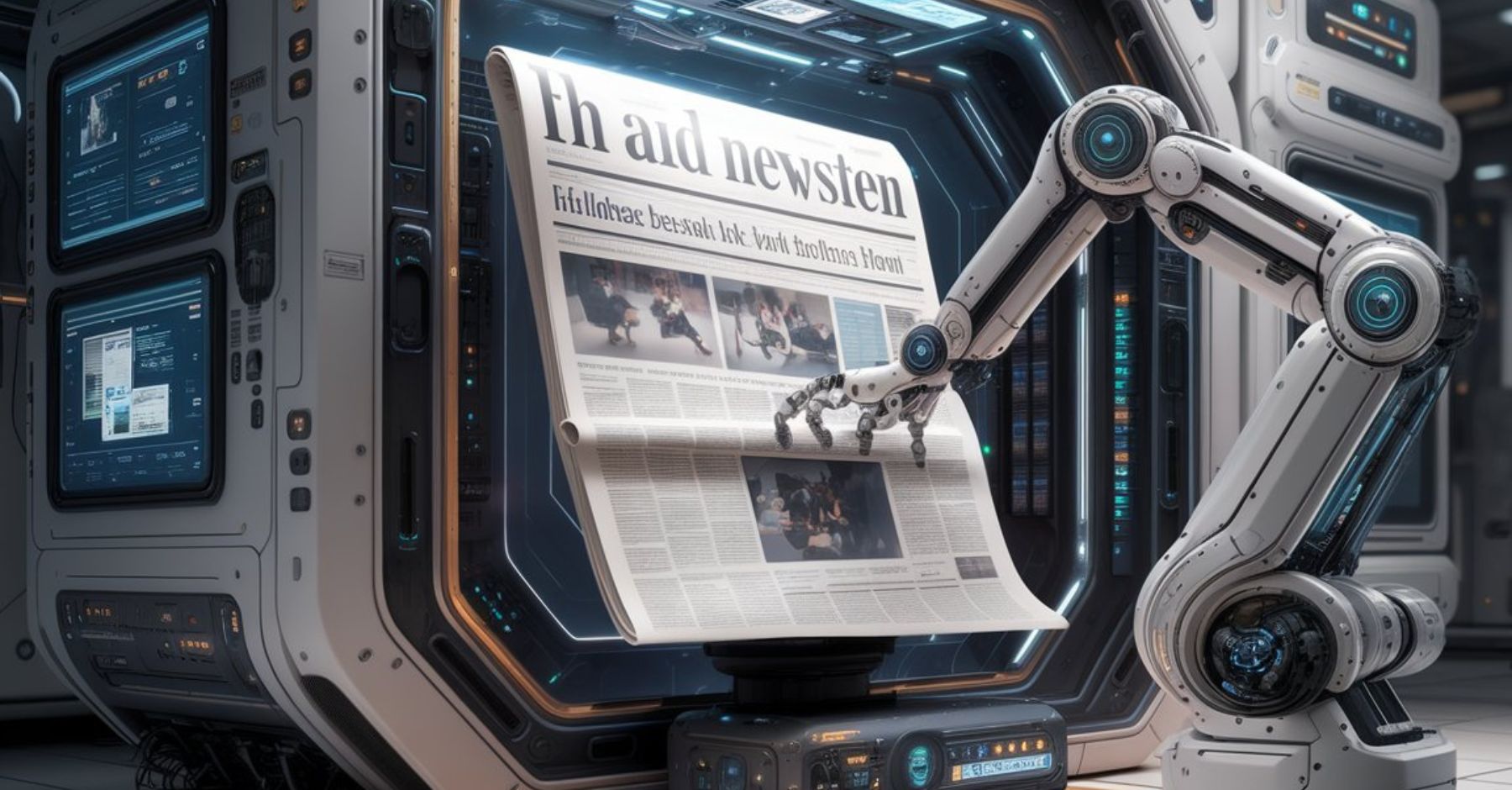Each week we’ll gather headlines and tips to keep you current with how generative AI affects PR and the world at large. If you have ideas on how to improve the newsletter, let us know!
What You Should Know
How AI is Changing Journalism’s Storytelling Process
The predictions about journalism’s future in an AI world have largely been misguided. AI’s biggest effect hasn’t been a large-scale displacement of indispensable human reporters. It has shifted how stories are written, found, and consumed.
For example, the days of every publication rushing to cover the same story might be numbered, as Pete Pachal wrote in The Media Copilot. When big news breaks, media swarm to the same story, telling it from their perspective for loyal readers but also jockeying for search results and traffic. At times, Pachal points out, “it’s difficult to know which publications have fresh information or good insights. If you’re not paying close attention, you might not even know who broke the story in the first place.”
AI makes it even harder. If readers increasingly turn to AI-generated news summaries from Google, Perplexity, or ChatGPT, that could shift priorities for many media outlets. Instead of spending time on a story that AI will summarize, they could find their own exclusives to differentiate.
At the same time, journalists themselves are increasingly using AI tools for research, summarization, and even drafting sections of articles. This shift makes precision in PR outreach more critical than ever. If reporters are relying on AI to analyze pitches, surface trends, or synthesize background information, a vague or unfocused pitch is even less likely to break through. Strong media relationships remain essential because journalists, not AI, still decide which stories are worth telling.
The fundamentals of media relations haven’t changed. A strong point of view, fresh research, and targeted pitching are more important than ever. But the strategies for visibility will continue to shift as AI changes how reporters work and the stories they cover.
Elsewhere …
- PODCAST: AI Is Taking Over Logistics and the Supply Chain Is Never Looking Back
- Pentagon Prototypes AI Platform to Better Analyze Adversaries’ News Media
- Who’s Using AI the Most? The Anthropic Economic Index Breaks Down the Data
- Elon Musk-led Group Makes $97 Billion Bid for Control of OpenAI
- France Unveils €109 Billion AI Investment as Europe Looks to Keep Up with U.S.
Tips and Tricks
 Selecting the right model
Selecting the right model
What’s happening: OpenAI has introduced so many models that ChatGPT’s drop-down menu can’t fit them all in one list. Not all AI models are built for the same tasks, and picking the wrong one can lead to generic, inaccurate, or sluggish results.
Why it matters: Newer models offer better reasoning and accuracy, while lighter models are faster but less precise. Each has strengths depending on the job. Here’s a handy guide to what each model is best suited for.
Model | Best for… | Why? |
GPT-4o | Press releases, blog posts, multilingual content, and images | Flagship model supports text, images, and is strongest overall for communications |
GPT-4o mini | Quick email drafts, social media copy, and brainstorming | Fastest, most efficient model, but lacks advanced tools like data analysis and file uploads |
o1 | Handling complex, problem-solving tasks like research, strategy, and math | Thinks longer before responding, making it better for complex analysis and reasoning |
o3-mini | Coding, complex reasoning, data analysis, research | Works with web searches and balances speed and depth |
o3-mini-high | Technical content, data-heavy writing, and advanced reasoning | Newest model optimized for higher reasoning and more detailed responses with extra steps |
Try this: Test different models with the same prompt to see which one works best for your needs. GPT-4o is the model that best aligns with the work communicators do, but it’s useful to know what the other models are capable of doing and that the reasoning models can help if you’re trying to parse data like survey results or annual reports.
Quote of the Week
“no thank you but we will buy twitter for $9.74 billion if you want”
— Sam Altman, CEO of OpenAI, in a post on X responding to Elon Musk’s bid to buy OpenAI for $97.4 billion
How Was This Newsletter?



